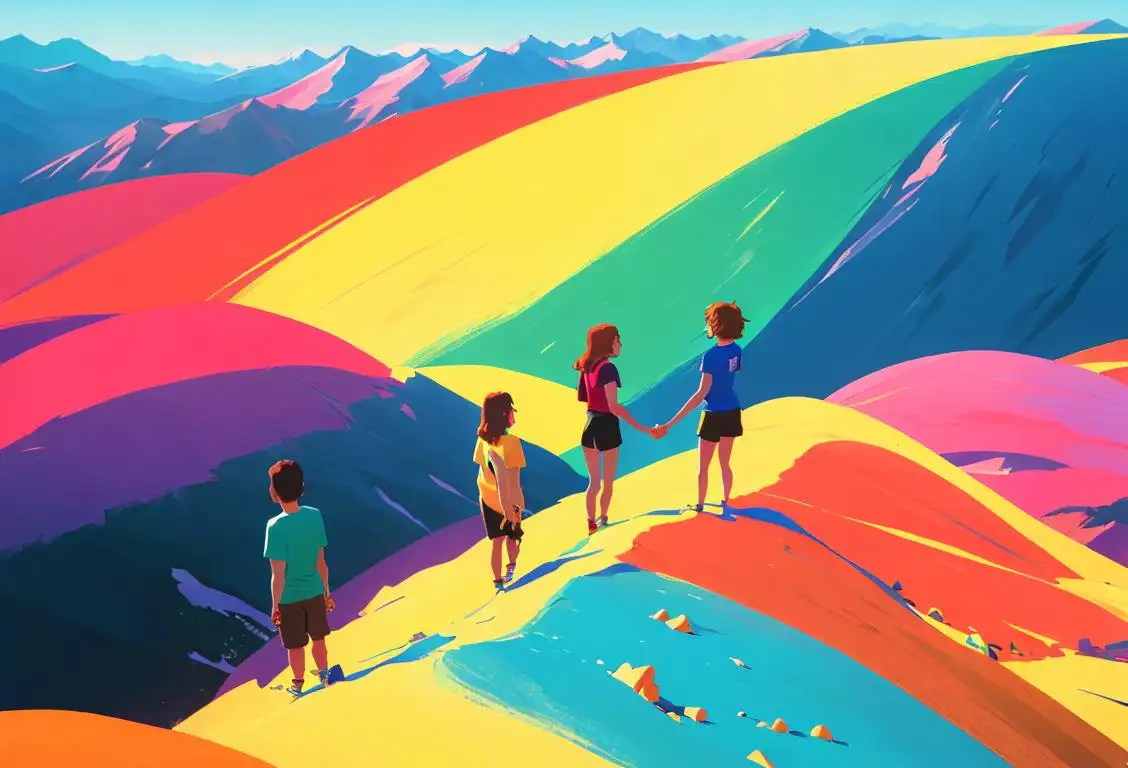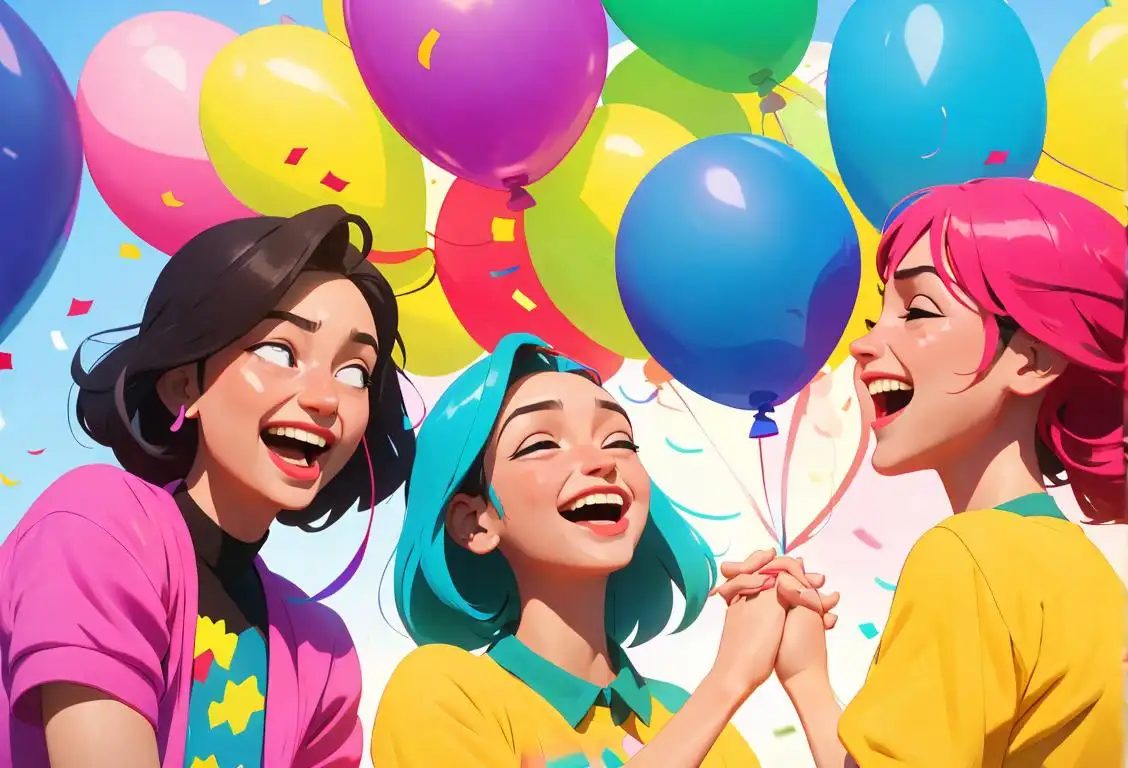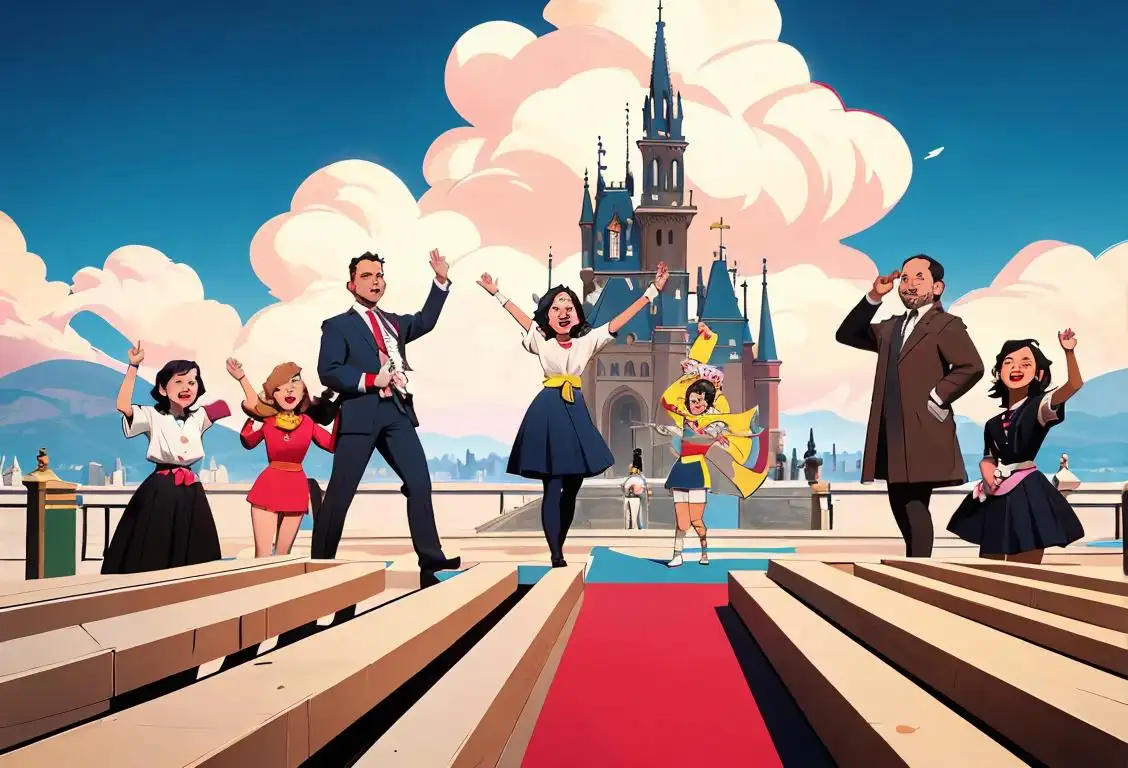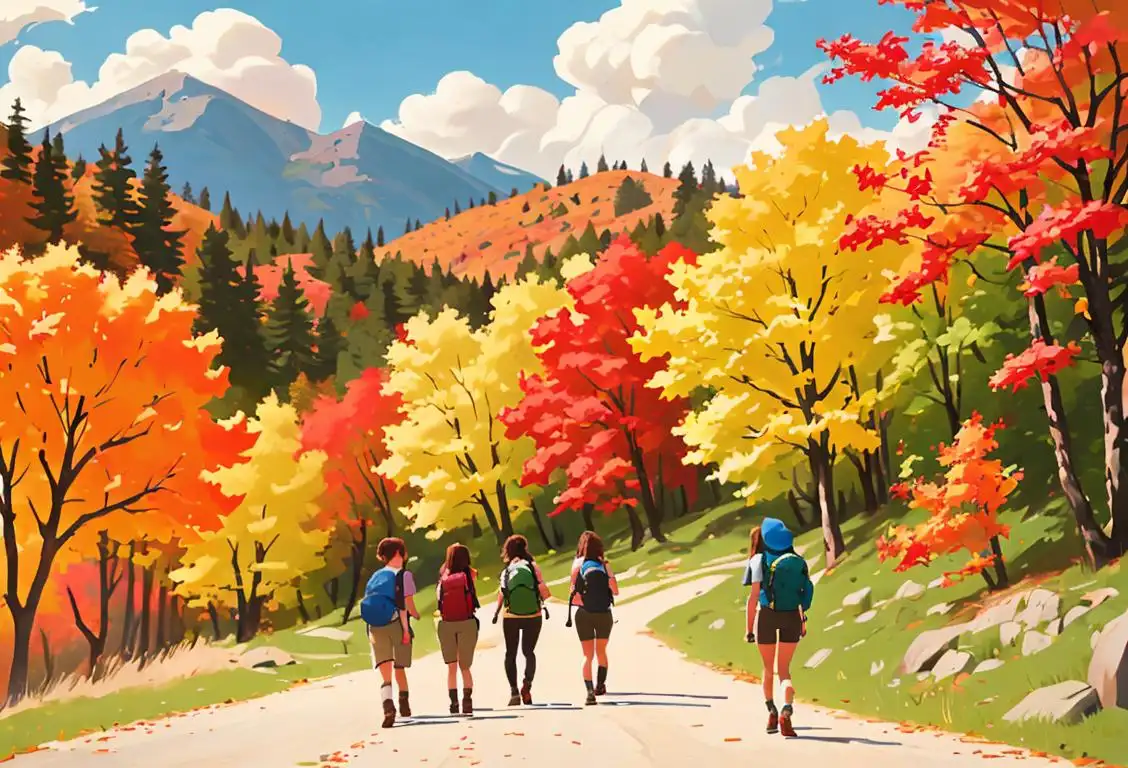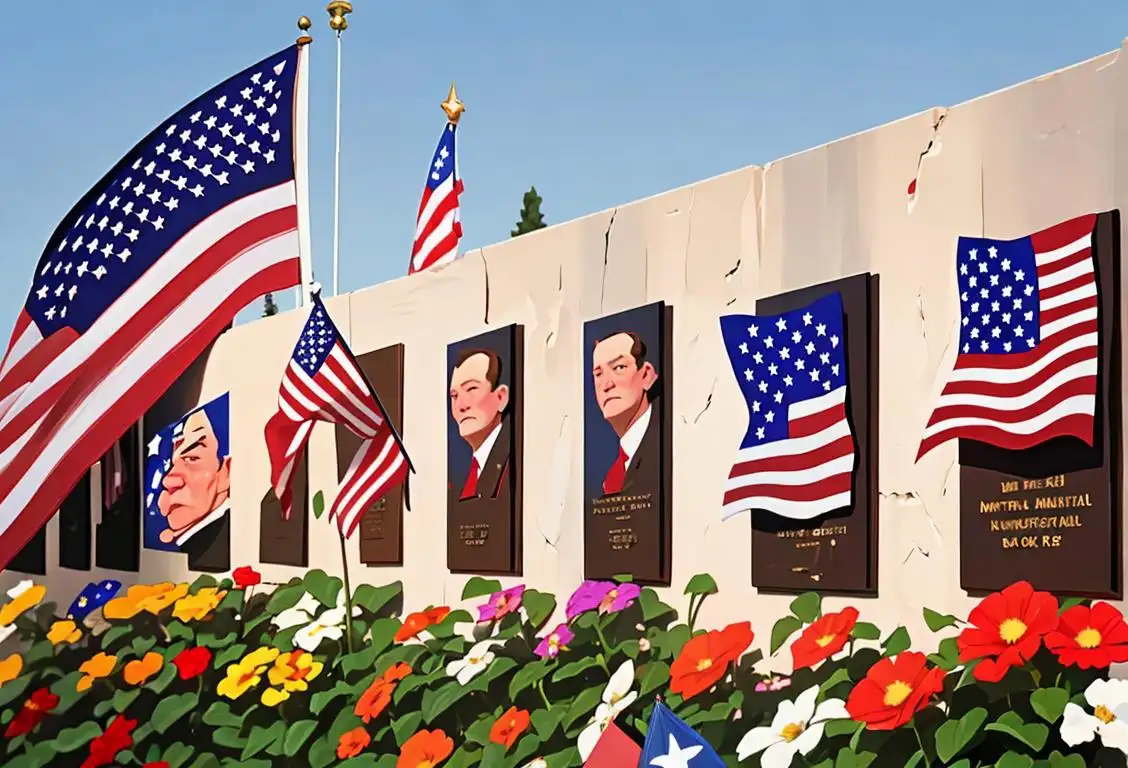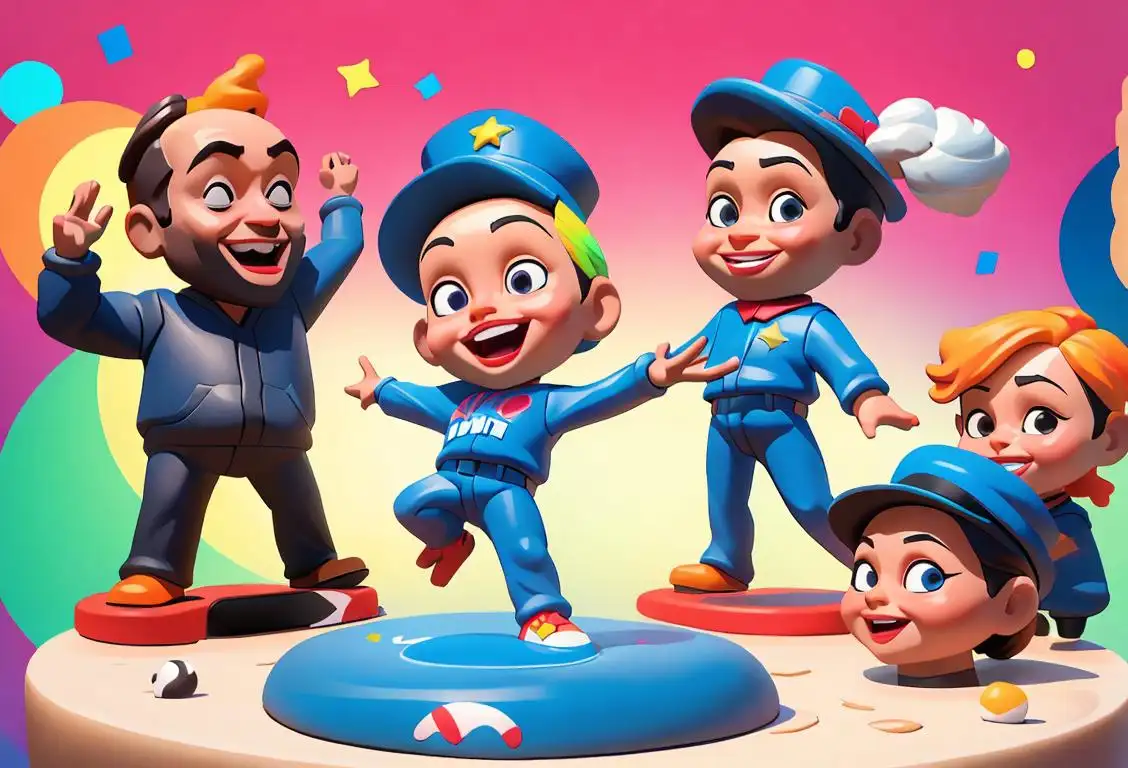National Cowgirl Day
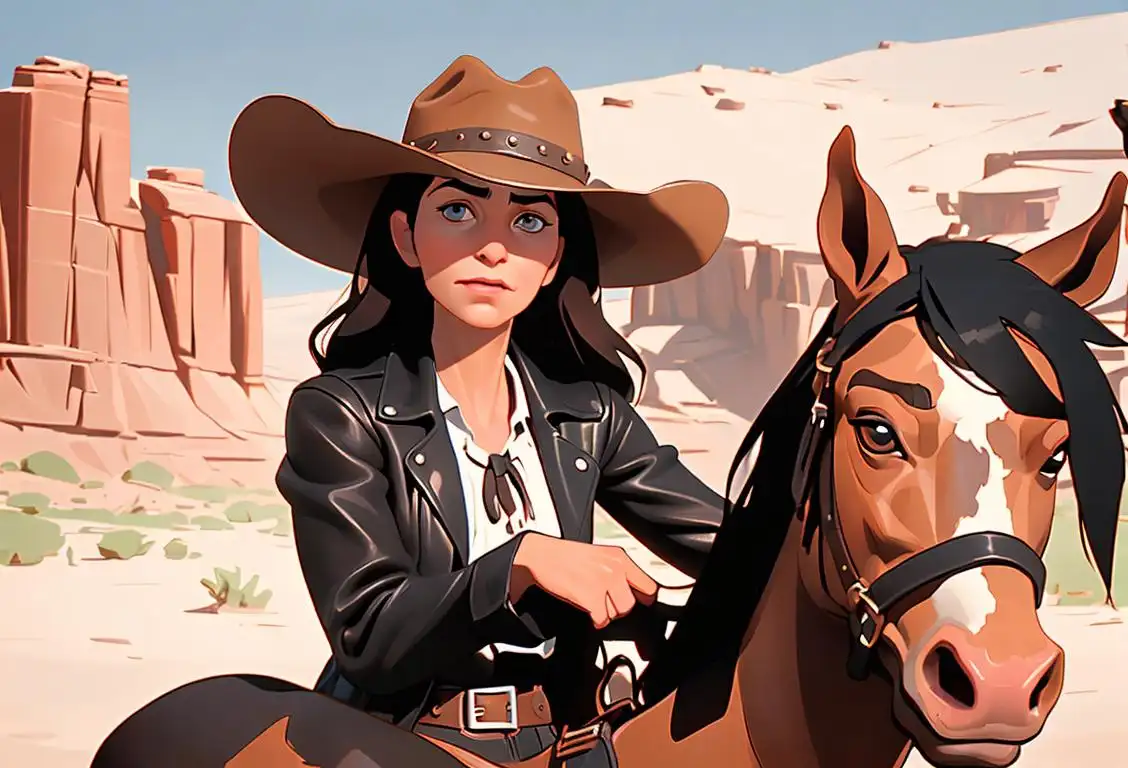
Yeehaw! Saddle up and grab your lasso because it's time to celebrate National Cowgirl Day! This rootin' tootin' holiday takes place on September 5th each year and honors the fearless and fabulous women who've left their mark on the wild west. So, put on your cowboy boots, tip your hat, and let's mosey on down to discover the history behind this spurs-jinglin' day!
When is Cowgirl Day?
It's national cowgirl day on the 5th September.
A Fistful of Cowgirl History
Before we delve into the internet history of National Cowgirl Day, let's take a trip back in time to where it all began. The roots of the cowgirl culture can be traced back to the pioneering women who dared to challenge traditional gender roles and break free from societal expectations in the late 19th century. These fierce females showed true grit as they rode alongside their male counterparts, ropin' and ridin' their way into the history books.
Now, let's gallop into the internet age. National Cowgirl Day first gained online recognition with the advent of social media. People from all over the world unite on September 5th to honor cowgirls past and present, sharing their admiration and stories using hashtags like #NationalCowgirlDay, #CowgirlPower, and #GiddyUp.
Celebrating Cowgirlhood
It's time to put your cowgirl boots into action and celebrate this rootin'-tootin' holiday in style! Here are a few ways you can channel your inner cowgirl:
- Saddle up and go horseback riding. There's no better way to pay homage to the cowgirl spirit than by riding into the sunset on a trusty steed.
- Organize a Western-themed party. Round up your loved ones, put on some country tunes, and unleash your inner line-dancing queen.
- Learn to lasso. Grab a rope and practice your roping skills. Who knows, you might just discover a hidden talent!
- Support local rodeos and cowgirl events. Attend a rodeo, cheer on the barrel racers, and get a taste of the wild west.
Did You Know?
Did you know that the first woman to compete in the all-around championship at the renowned Pendleton Round-Up rodeo was a cowgirl named Tillie Baldwin? She paved the way for future cowgirls, showcasing her incredible skills in bronc riding, relay racing, and steer roping.
History behind the term 'Cowgirl'
1869
The Birth of the Term
The term 'cowgirl' first appeared in 1869, derived from the word 'cowboy.' It was used to describe women who worked alongside the men in the American West's cattle industry. These brave and skilled women defied societal norms, taking on challenging tasks such as riding horses, herding livestock, and roping cattle. The cowgirl emerged as a symbol of independence, strength, and resilience in a male-dominated world.
1870
The Rise of the Cowboy
In the late 19th century, the era of the cowboy in the American West was in full swing. Cowboys were skilled ranch workers who herded cattle on horseback. They were known for their tough and rugged lifestyle, and their prominence in popular culture began to grow.
1878
First Recorded Use of 'Cowgirl'
The term 'cowgirl' was first recorded in 1878. It referred to a female counterpart of the cowboy, specifically a woman who worked alongside cowboys on ranches, participating in cattle drives, and performing various tasks such as branding and roping. The emergence of the term highlighted the contribution and presence of women in the male-dominated realm of ranching.
1880s
Buffalo Bill's Influence
In the 1880s, the famous showman William 'Buffalo Bill' Cody played a significant role in popularizing the cowgirl image. He featured talented horsewomen in his Wild West shows, which toured across the United States and Europe. These skilled performers showcased their horse-riding skills, trick roping, and sharpshooting abilities, captivating audiences with their daring acts. Buffalo Bill's shows contributed to the romanticized idea of the cowgirl as an adventurous and fearless figure.
Early 20th Century
Rodeo Queens and Hollywood
During the early 20th century, rodeos gained popularity, and cowgirls became an integral part of these events. Rodeo queens, who served as ambassadors for the sport, embodied the cowgirl spirit. They competed in rodeo events, participated in parades, and often wore distinctive cowgirl attire, including wide-brimmed hats, fringed shirts, and leather chaps. Additionally, the emergence of Hollywood contributed to the cowgirl's iconic image, with actresses like Dale Evans and Annie Oakley captivating audiences with their portrayals of strong and capable cowgirls on the silver screen.
Late 19th Century
Admiration for Cowgirls
As the American West became increasingly romanticized and mythologized, fictional stories and dime novels began to depict cowgirls as talented riders, sharpshooters, and independent women. These portrayals helped to establish the cowgirl as an iconic figure in Western lore and captivated the public's imagination.
21st Century
Modern Cowgirl Culture
In the 21st century, the cowgirl spirit continues to thrive. Cowgirl culture has become a source of inspiration for fashion, art, and music, symbolizing empowerment and a connection to the natural world. Events such as rodeos and western festivals celebrate the cowgirl legacy, showcasing women's talent in various western disciplines. Today's cowgirls embrace their heritage while breaking down barriers, proving that the spirit of the cowgirl is timeless and transcends stereotypes.
Early 20th Century
Rodeos Showcase Cowgirls
During the early 20th century, rodeos gained popularity as a form of entertainment and showcased the skills of cowboys and cowgirls alike. Competitive events, such as barrel racing and roping, provided a platform for cowgirls to demonstrate their abilities and attract recognition. This exposure further solidified the image of the cowgirl as a spirited and capable horsewoman.
1920s-1930s
Hollywood Glamorizes Cowgirls
In the 1920s and 1930s, Hollywood began to produce Western films that often featured strong, charismatic cowgirl characters. Actresses like Dorothy Dwan, Joaquin Jackson, and Dale Evans portrayed cowgirls on the silver screen, embodying the adventurous spirit and resilience associated with the term 'cowgirl.' These cinematic depictions cemented the iconic status of the cowgirl in popular culture.
21st Century
Empowerment and Representation
In the 21st century, the term 'cowgirl' has evolved beyond its historical roots and has become a symbol of empowerment, independence, and female strength. Cowgirls are celebrated for breaking societal expectations, pursuing their passions, and embracing the Western heritage. Today, rodeos, country music, and fashion continue to showcase the cowgirl spirit, highlighting its enduring cultural impact.
Did you know?
Did you know that the first woman to compete in the all-around championship at the renowned Pendleton Round-Up rodeo was a cowgirl named Tillie Baldwin?Tagged
fun loved ones sportsFirst identified
5th September 2020Most mentioned on
5th September 2020Total mentions
4Other days
Suicide Prevention Month Day
Happiness Day
Drink A Beer Day
Trivia Day
Cancer Survivors Day
Take A Hike Day
Memorial Day
Foundation Day
Bobblehead Day
Bowling Day
